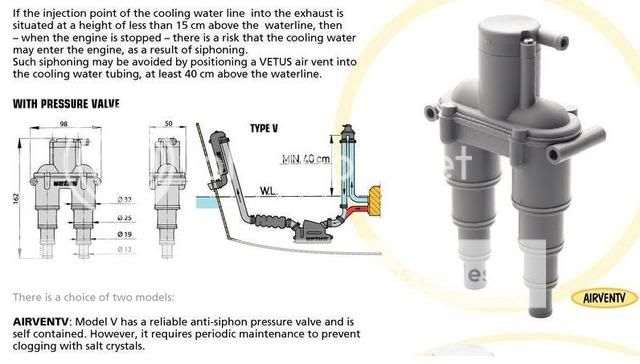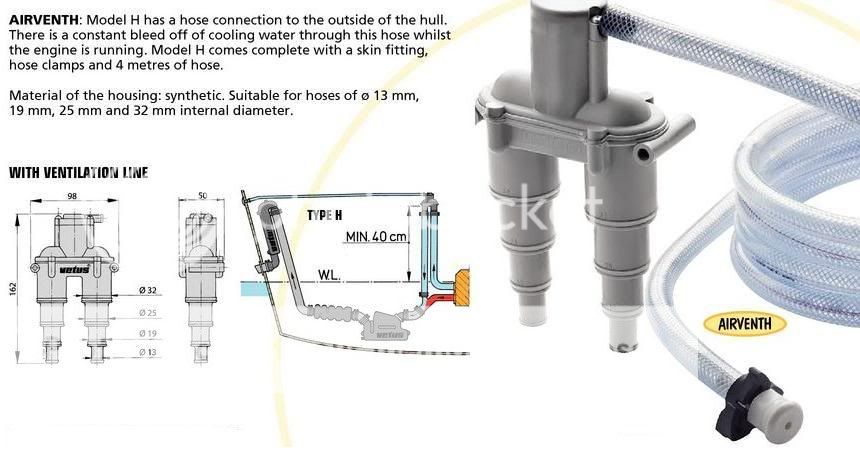jonathanhsm
Well-Known Member
Went for a long run – messed about for ages trying to pick up a mooring – secured then turned off engine. When I tried to restart a few minutes later there was a dull klunk – motor refused to turn over. This had happened once before when water had found itself into the cylinder(s) via the exhaust. So this time I immediately checked the exhaust water trap which was full up. As soon as I drained it the engine turned over and started.
The first time this happened I assumed that waves had forced water up the exhaust. This time though there was little swell. So I can only assume water in the gooseneck to the exhaust had gone back to the trap which filled up and pushed water through exhaust outlet into cylinder. But why has it only happened twice ? So what’s the solution – a bigger trap?
The first time it happened I took out all the injectors got all water out etc. This time once trap was emptied the engine turned and started. I kept it going for half an hour so hopefully will be OK? I don’t really want it to happen again so any advice gratefully received. PS engine is a Perkins Perama M20 almost identical to Volvo md2020. Exhaust goes down into water trap and then up (as high as cockpit sole will allow) into a loop then down to exhaust outlet which discharges vertically from stern which is swept up and clear of water – but only by a couple of feet or so. There is an anti-siphon valve - which has been blocked in the past - could this have caused the problem?
The first time this happened I assumed that waves had forced water up the exhaust. This time though there was little swell. So I can only assume water in the gooseneck to the exhaust had gone back to the trap which filled up and pushed water through exhaust outlet into cylinder. But why has it only happened twice ? So what’s the solution – a bigger trap?
The first time it happened I took out all the injectors got all water out etc. This time once trap was emptied the engine turned and started. I kept it going for half an hour so hopefully will be OK? I don’t really want it to happen again so any advice gratefully received. PS engine is a Perkins Perama M20 almost identical to Volvo md2020. Exhaust goes down into water trap and then up (as high as cockpit sole will allow) into a loop then down to exhaust outlet which discharges vertically from stern which is swept up and clear of water – but only by a couple of feet or so. There is an anti-siphon valve - which has been blocked in the past - could this have caused the problem?


